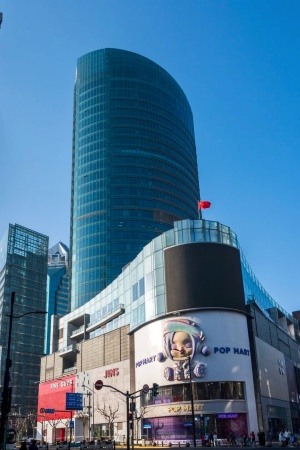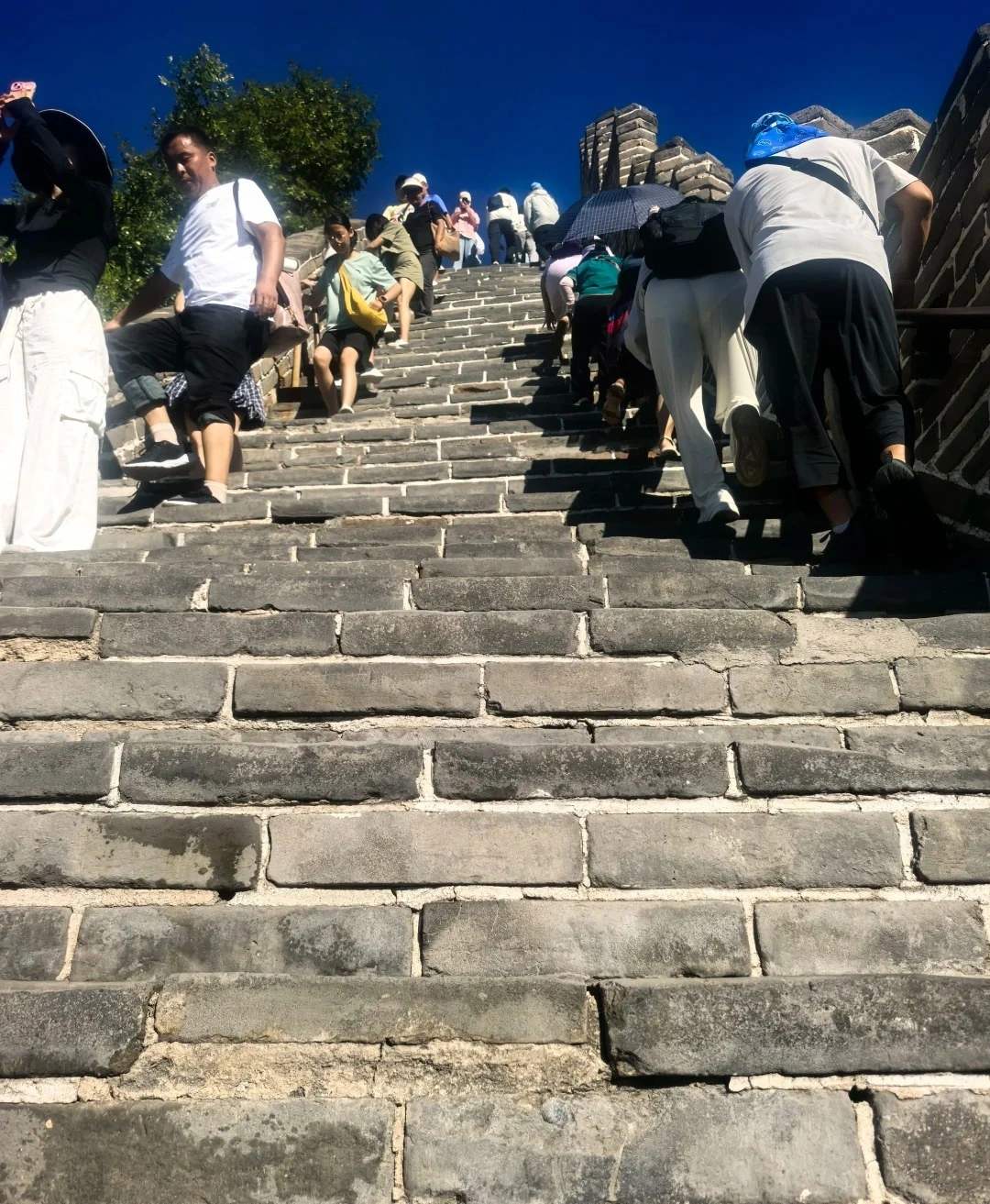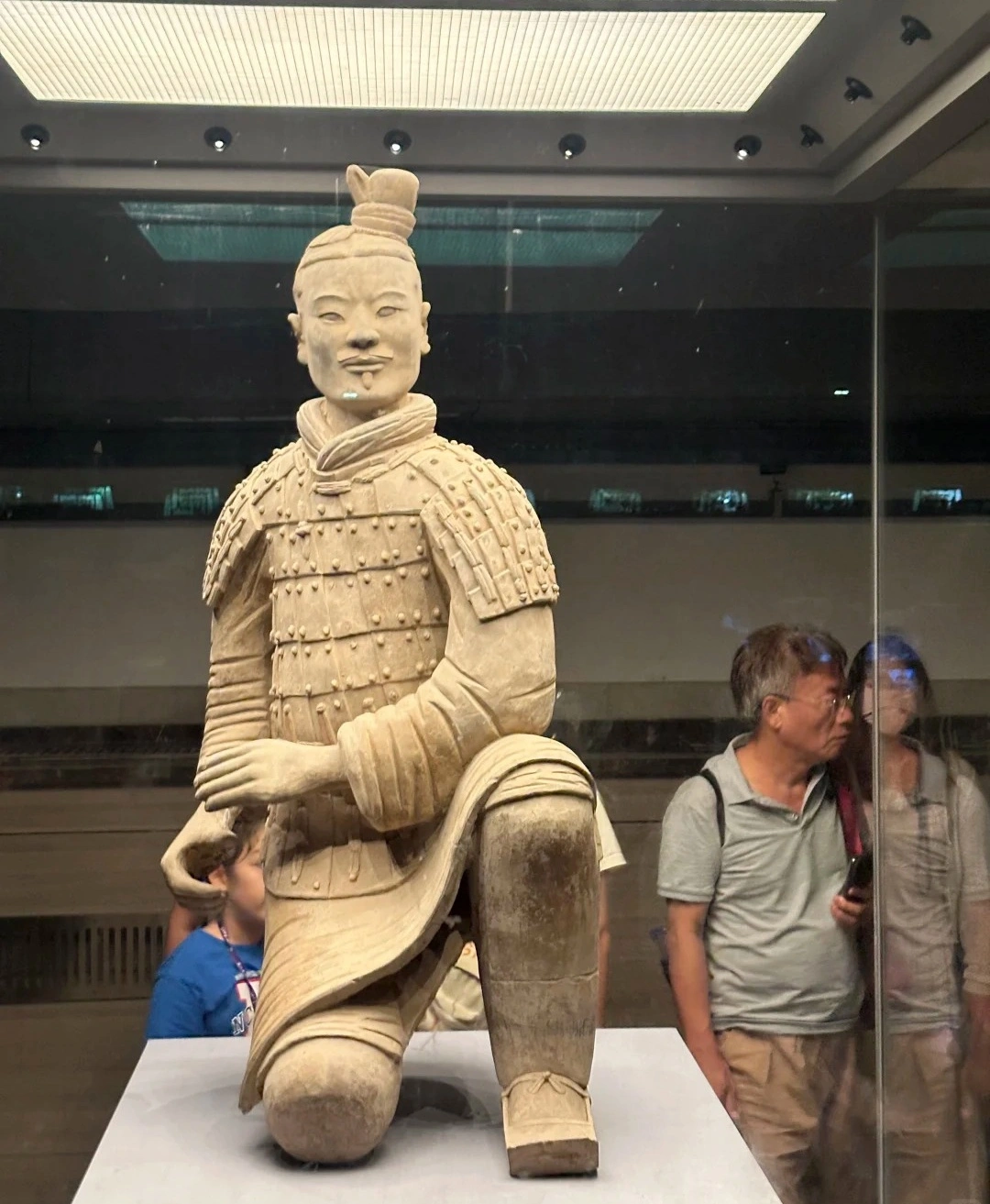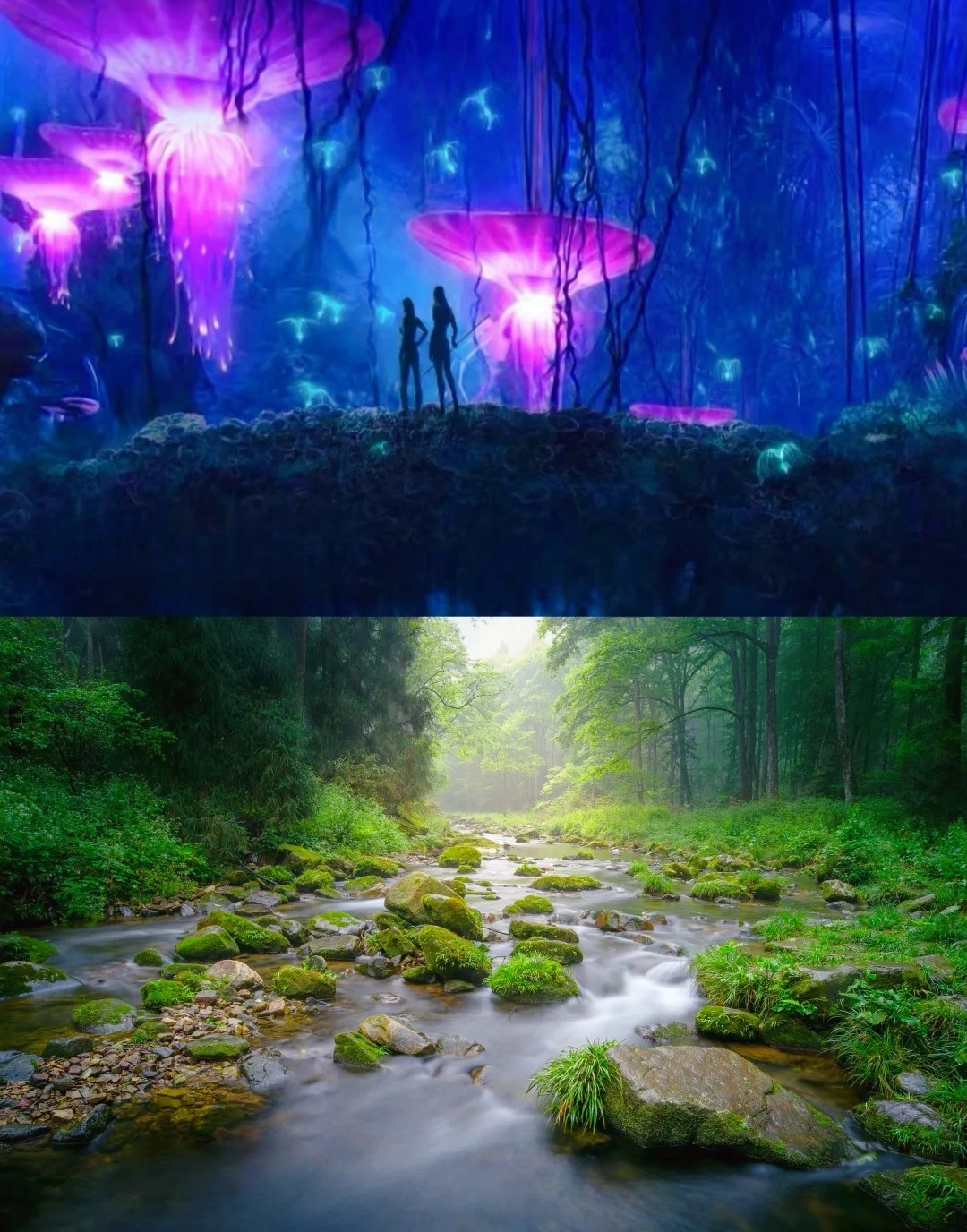Libai's Hometown
Historical Overview
8th Century CE: Li Bai born in Jiangyou (then Changming County), Sichuan, during the Tang Dynasty’s golden age.
10th–12th Centuries: Local legends and memorials emerge, including the first recorded shrine to Li Bai.
1962: The People’s Government of Jiangyou establishes the Li Bai Memorial Museum to preserve his cultural heritage.
1982: Jiangyou officially designated as "Libai’s Hometown" by the Chinese government, cementing its national significance.
2000s–Present: Ongoing restorations and international collaborations, such as the 2015 Sino-Japanese Li Bai Poetry Symposium.
Structural Layout
The site comprises three main areas:
Li Bai Memorial Museum: A modern complex with exhibition halls, a library, and a research center dedicated to Li Bai’s life and works.
Li Bai Residence Ruins: Reconstructed Tang-style courtyards and gardens reflecting his childhood environment, including a lotus pond and bamboo groves.
Taibai Park: A scenic area named after Li Bai’s pseudonym "Taibai," featuring pavilions, stone inscriptions, and the "Drinking Moon Pavilion" overlooking the Fujiang River.
Major Attractions
Li Bai Memorial Hall: A grand hall displaying portraits, calligraphy, and replicas of his poems, with a central statue of the poet holding a wine cup.
Li Bai Residence: A reconstructed Tang Dynasty home with traditional architecture, including a study room where he allegedly composed early works.
Stone Inscriptions: Over 200 ancient stone tablets carved with Li Bai’s poems, including rare Ming and Qing Dynasty engravings.
Drinking Moon Pavilion: A hexagonal pavilion where visitors recite poetry while overlooking the river, inspired by Li Bai’s love for nature and wine.
Suggested Itineraries
Classic Route (1–2 Hours)
Morning: Visit the Memorial Hall → Explore the Residence Ruins → Stroll through Taibai Park.
Highlights: Iconic statues, Tang-style architecture, and serene river views.
Cultural Depth Route (3–4 Hours)
Morning: Memorial Hall → Residence Ruins → Stone Inscription Gallery.
Afternoon: Attend a poetry reading at Drinking Moon Pavilion → Join a calligraphy workshop.
Highlights: Rare artifacts, interactive activities, and immersion in Li Bai’s artistic world.
All-Day Exploration (Full Day)
Morning: Memorial Museum exhibits → Residence gardens → Lunch at a local teahouse.
Afternoon: Hike Mount Dai (Li Bai’s alleged retreat) → Evening river cruise with poetry recitals.
Highlights: Scenic hikes, cultural performances, and sunset views over the Fujiang River.
Ticket Purchase
Online: Book via the official "Libai’s Hometown" WeChat account or travel platforms like Ctrip (up to 3 days in advance).
On-Site: Purchase tickets at the entrance; queues are shorter before 10 AM.
Prices: Standard Entry: ¥40–60 (varies by season).
Guided Tours: ¥100–200 (1-hour tours in English/Mandarin, including highlights and anecdotes).
Free Admission: Children under 12, seniors over 70, and disabled visitors.
By Subway: Line 1 to Jiangyou Station, then a 15-minute taxi ride to the site.
By Bus: Take bus 15 or 22 from Jiangyou City Center to "Libai Guju" stop.
By Taxi: Direct to "Libai Guju" from Mianyang Airport (40-minute drive).
Parking: Free outdoor lots near the entrance; electric vehicle charging stations available.
Best Time & Tips
Avoid Crowds: Peak Hours: 10 AM–2 PM (weekends/holidays).
Best Times: Early morning (8:30 AM) or late afternoon (4 PM) for quieter visits.
Quietest Days: Weekdays (Tuesdays–Thursdays); the site is closed on Mondays.
Weather: spring (March–May) and autumn (September–November) offer mild temperatures for outdoor exploration.
Essentials: Bring a poetry anthology for readings at scenic spots.
Contact Us
What Our Clients Say?
Based on 10,000+ traveler reviews














